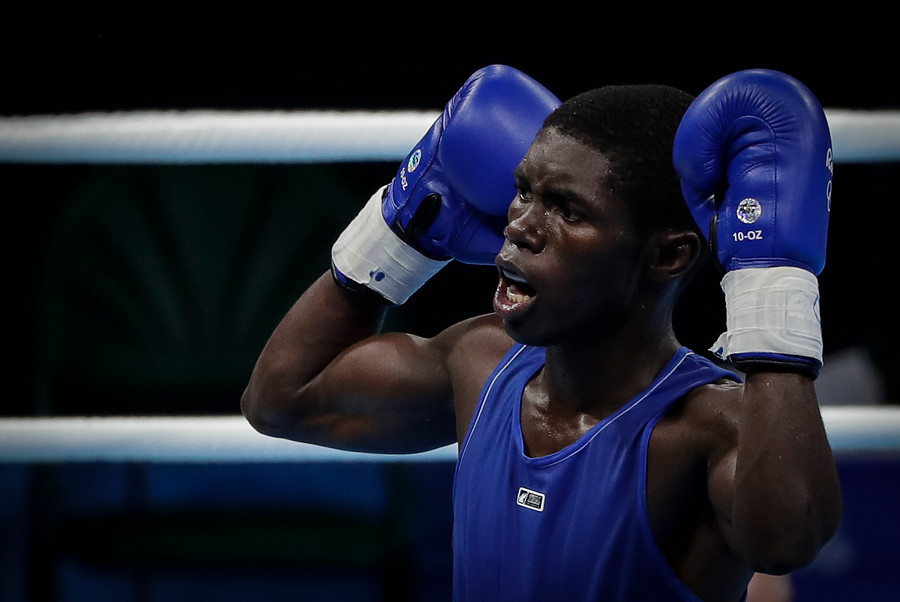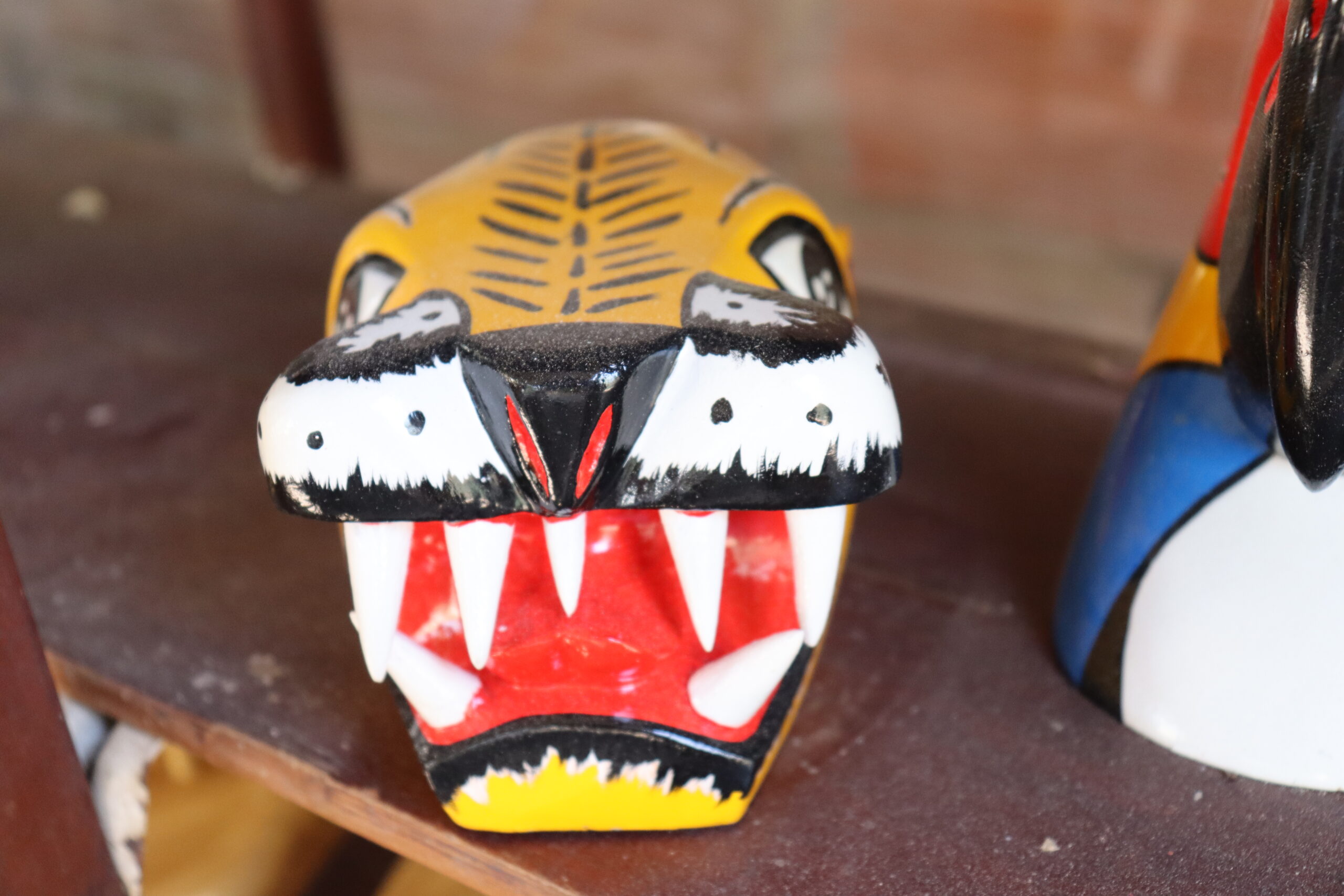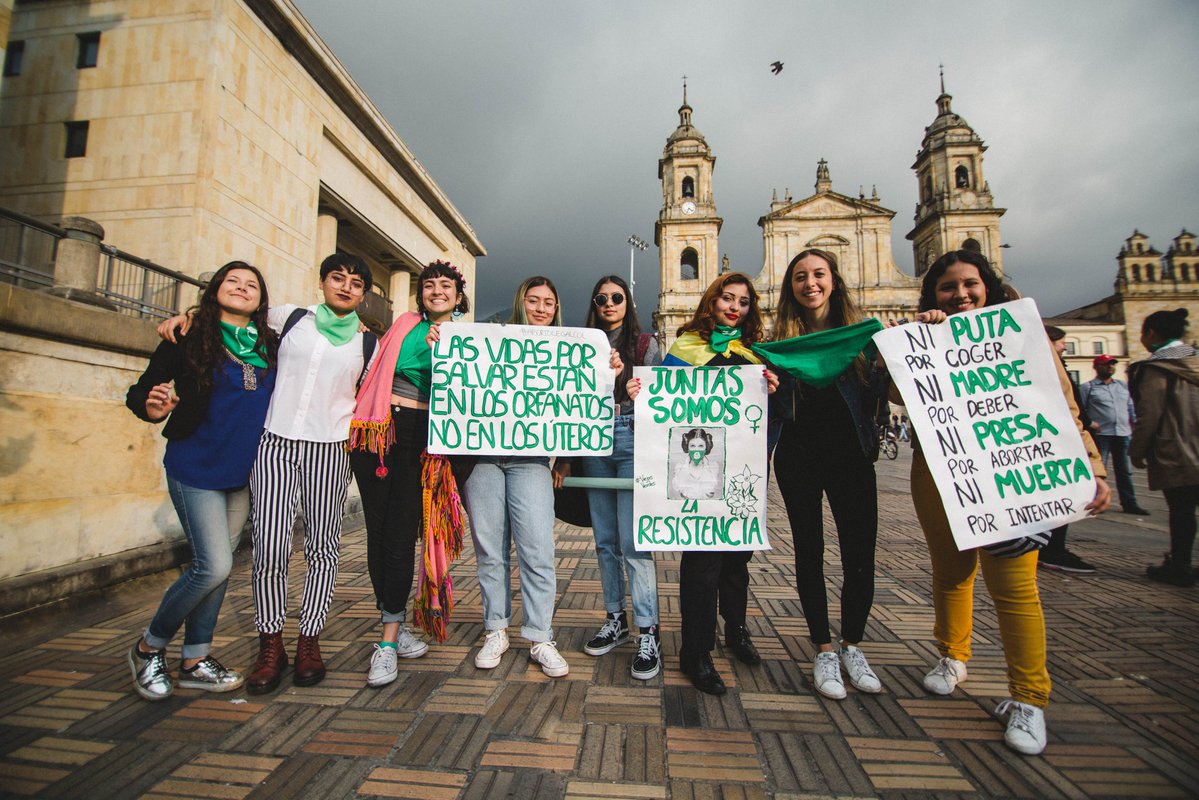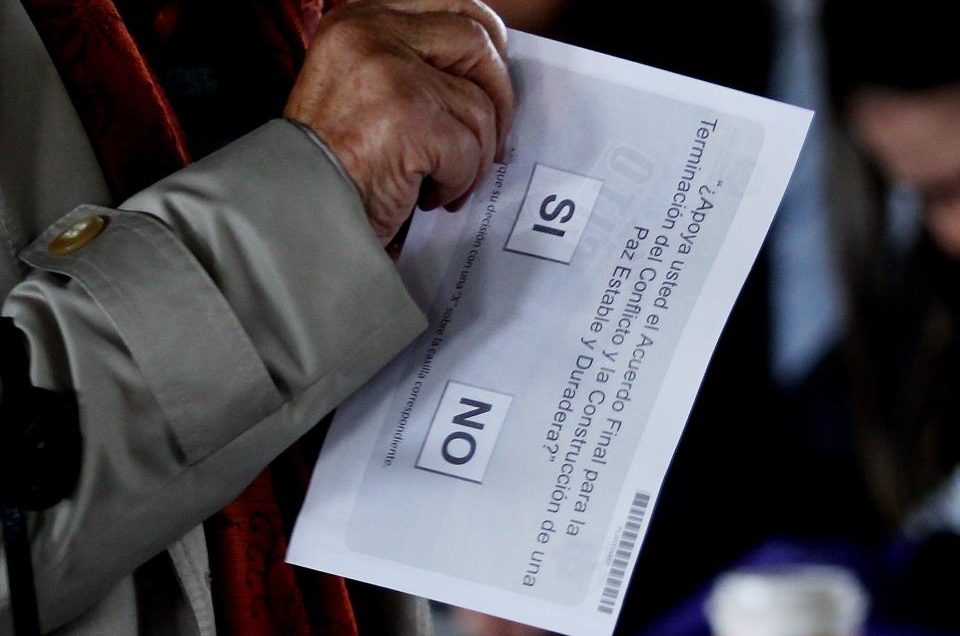Indigenous groups have been arriving in the capital in recent days and are participating in the third national strike.
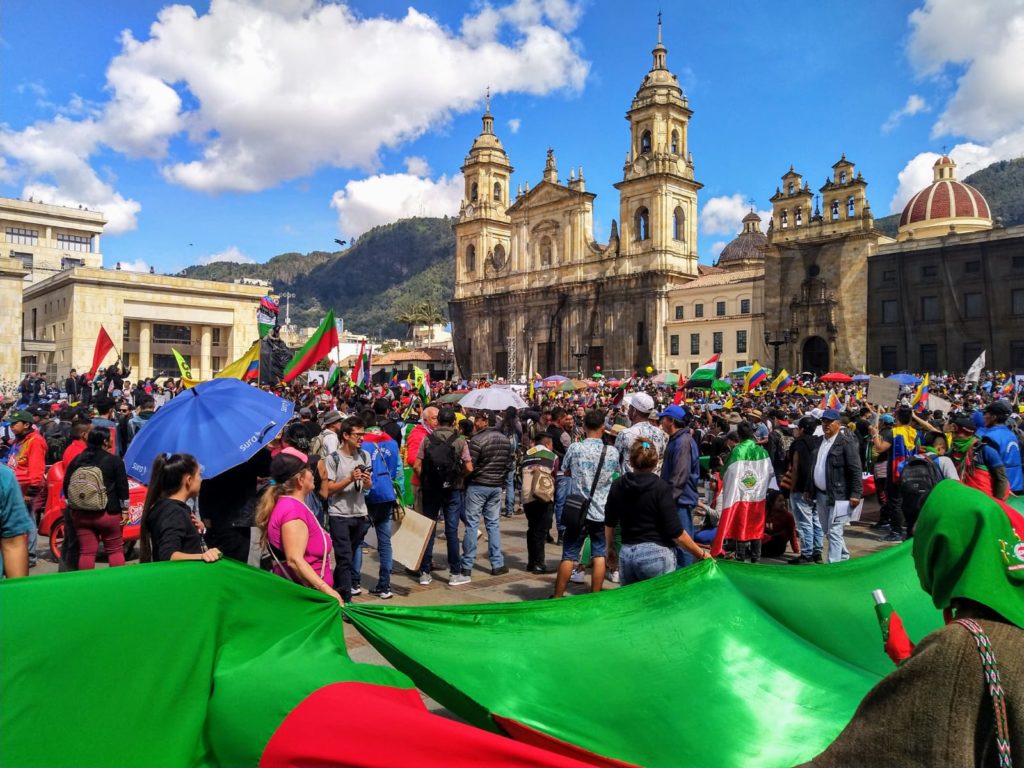
Members of the CRIC and CRIHU tell us about the problems being faced by indigenous communities and how they hope their visit to the capital to join in with the protests will help bring about positive change.
Fabian, who is one of the indigenous leaders here in Bogotá tells us, “We don’t want war. It’s always the same story. Those who want and start the wars are the higher social classes, whilst those who are out there fighting and risking their lives are the lower social classes. We’re just being used like cannon fodder.”
On the afternoon of Sunday, December 1, crowds gathered at Parkway to take part in a march with indigenous leaders. Around one hour in, despite the wiphala flags, posters, and banging of pots and pans, there seemed to be no sign of a march, or indigenous leaders. Then, all of a sudden, marching south down the road we saw a crowd of people cheering and chanting, with a red and green flag being held up at the front of the multitude. The atmosphere magnified tenfold as everyone in the park made their way to the street to take photos and join in. It was so busy that it was slightly disorientating, but the energy could be felt all up and down Parkway.
After nabbing the number of Fabian, one of the Guardia Indígena’s leaders, The Bogotá Post later met with these indigenous organisations, namely the CRIHU (Consejo Regional Indígena de Huila), and the CRIC (Consejo Regional Indígena del Cauca).
Walking through the Universidad Nacional campus on the way to our meeting, there were a handful of workshops and activities taking place, ranging from indigenous hand-made jewellery being sold on the university steps, to a dance performance in the main square, watched by dozens of students. Once we caught up with the Guardia Indígena we spoke to Fabian about why they have chosen to travel so far from home to take part in the marches here in Bogotá.
Fabian told us that they had arrived the previous day, after 12 hours of travelling by Chiva (we didn’t ask them if it came with music included, but we did get offered some chicha from a bottle that one of the men pulled out of his pocket so we can imagine that helped the long journey), and that we can expect around 2,000 indigenous marching in the next couple of days.
After the long trip, Fabian assured us that they have been made to feel very welcome here in Bogotá so far. The only thing they haven’t been too keen on, he tells us, is the cold weather. Understandable. This sentiment was later echoed by Robert, leader of the Guardia Indigena who arrived on Thursday and told us that not only has the reception in the city been great, but that it has also given everyone, regardless of background or social class, an opportunity to “come together as brothers and share our cultures, our words, our stories, our roots, where we’re from and where we’re heading.”
Fabian and Robert come from the Nasa community, which we were told has a population of around 247,000 who speak the language of Nasawe (‘we’ meaning language). Interestingly, we were also told that it is mainly only the men who also speak Spanish, many of the women in these communities do not.
Read all our coverage on Colombia’s national strike
For these people who have spent their lives in Colombia’s rural settings, coming to a huge metropolis like the city’s capital city would seem daunting, but most of the people we spoke here in Bogotá are on their second, third, and even fourth visit.
Fabian also pointed out that despite the huge disparity in lifestyles, the protests have shown that indigenous communities and those from the city share more in common than they may have previously considered. He said they “are all demanding a change, all want an end to corruption, to exploitation, want changes from the government and are all united together to make this happen: students, teachers, indigenous and afro-colombians. They want to be heard and want changes to take place.”
We also asked Fabian and Robert, who are from Huila and Cauca respectively, about what the protests looked like back home. They said that student protests are still taking place, especially in Neiva and Popayan, and that another action of protest has been blocking off the Pan American highway, a major national and international route. Robert told us that both lanes have been blocked off, and that this was done with the aim of putting pressure on the government.
We also heard that there have been some confrontations between indigenous communities and the ESMAD, whereby bengalas (flares) have been thrown into these communities, causing damage. Fabian told us that the reason they are here in Bogotá is because they are fed up with the killing of indigenous leaders and farmers.
He told us that what they want is control of their lands, to be able to look after and protect these lands, and defend them from not just armed groups but also from multinationals who want to exploit the areas and extract their resources. Whilst discussing the confrontations, Fabian assured us that their communities aren’t afraid.
He said “For me, it is those who show up with big guns and shoot from afar who are scared, not us. All we have are our batons, which are special to us because they’re symbolic and sacred; they provide us with a direct connection to Mother Nature.”
During our chat, two older women came by to ask where they could drop off their food donations, and were directed to the university’s stadium, which from what we could peek, was filled with dozens of camping tents. Robert told us that people have dropped by to donate food and clothes, and that these donations can be made directly at the Universidad Nacional or in ‘la casa del CRIC’ which is located in La Candelaria. Fabian and Robert tell us that they’re not sure how long they’ll be in Bogotá for, but that it’ll be until they start to see some positive changes.

